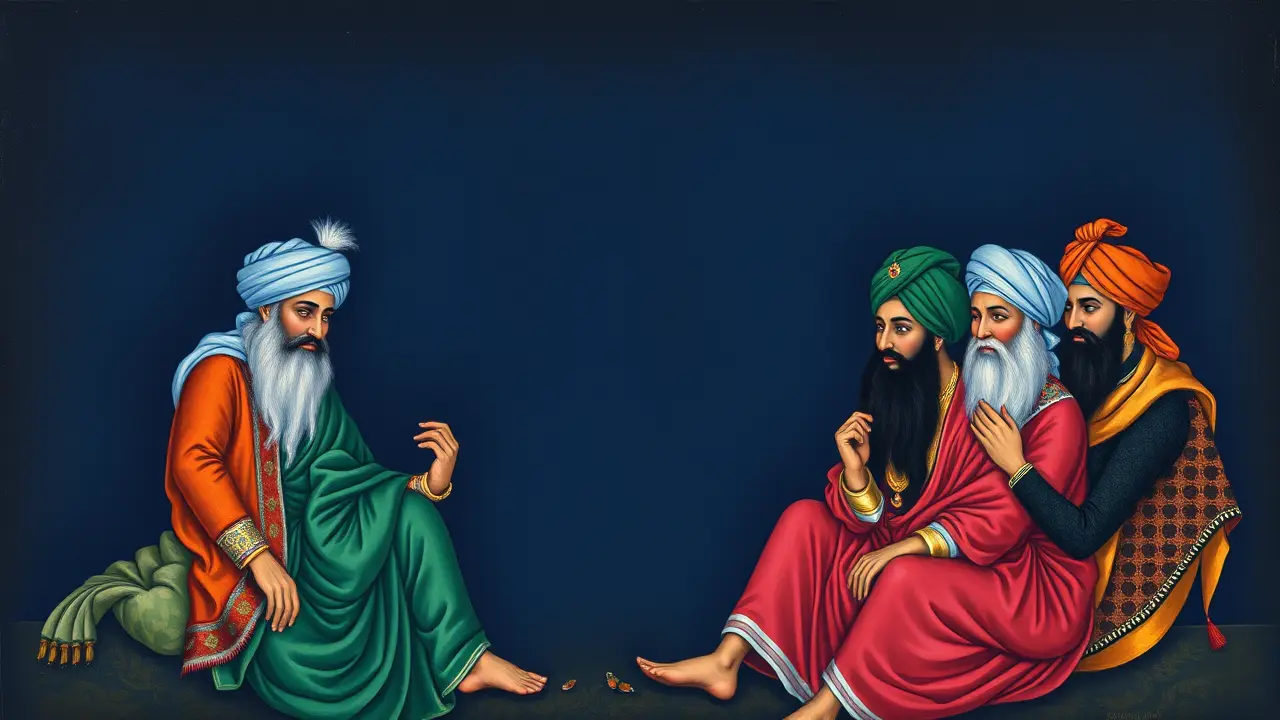
Entertainmenttheatre & artsArt Auctions
Sikh Painting Sells for $1.3 Million at Sotheby's Auction.
AN
Andrew Blake
3 hours ago7 min read1 comments
In a stunning display of the art market's shifting currents, a 19th-century Sikh painting by the artist Bishan Singh didn't just meet its pre-sale expectations at Sotheby's London; it spectacularly vaporized them, fetching a final hammer price of $1. 3 million, a figure that tripled the initial high estimate and sent a clear, resonant signal through the halls of global auction houses.This wasn't merely a sale; it was a cultural and financial event, a watershed moment that underscores a burgeoning and insatiable demand for South Asian art, a category long overlooked by the Western-centric art establishment but now asserting its value with undeniable force. The painting itself, a masterwork of the Sikh Empire's artistic tradition, likely created in the court of Maharaja Ranjit Singh, represents a fusion of Mughal miniature techniques with a distinct Sikh sensibility—vibrant color palettes, intricate detail, and often depicting courtly life, religious narratives, or portraiture with a profound spiritual gravity.Bishan Singh, part of a lineage of artists from the famed Singh family workshop, was instrumental in defining this visual language, and this particular piece's journey from a royal collection in Lahore to a global spotlight in London traces the complex pathways of art, empire, and diaspora. The ferocity of the bidding war that erupted for this piece speaks volumes about a new class of collectors, often from South Asia's growing economic powerhouses or part of a wealthy diaspora, who are now actively seeking to reclaim and re-contextualize their cultural heritage, viewing these artworks not just as aesthetic objects but as tangible links to a rich historical identity.This surge is paralleled by increased institutional interest, with museums from New York to Singapore actively building their South Asian departments, creating a virtuous cycle of scholarly validation and market demand. The record-breaking price also forces a broader conversation about the very nature of value in art—what factors, beyond mere beauty or provenance, catalyze such a dramatic financial reappraisal? It's a confluence of factors: the finite supply of such high-quality works from a specific historical period, the powerful narrative of cultural reclamation, and the sheer competitive thrill of acquiring a trophy piece in a rapidly emerging field.Experts point to the 2022 sale of another Sikh masterpiece as a precursor, suggesting we are witnessing not a fleeting bubble but a fundamental market correction, a long-overdue acknowledgment of artistic merit that was previously marginalized. The ripple effects of this sale will be felt for months, likely inflating valuations for comparable works from neighboring schools like Pahari and Rajput painting and encouraging families with heirlooms to consider the auction block.However, it also raises poignant questions about patrimony and the flow of cultural assets, a dynamic that is as much about economics as it is about identity. In the end, the story of Bishan Singh's $1. 3 million painting is more than an auction result; it's a compelling chapter in the ongoing re-mapping of the art world's canon, proving that history, when paired with capital and passion, can command a price far beyond any estimate.
#art auction
#Sotheby's
#Bishan Singh
#Sikh art
#South Asian art
#record price
#featured
Stay Informed. Act Smarter.
Get weekly highlights, major headlines, and expert insights — then put your knowledge to work in our live prediction markets.
© 2025 Outpoll Service LTD. All rights reserved.